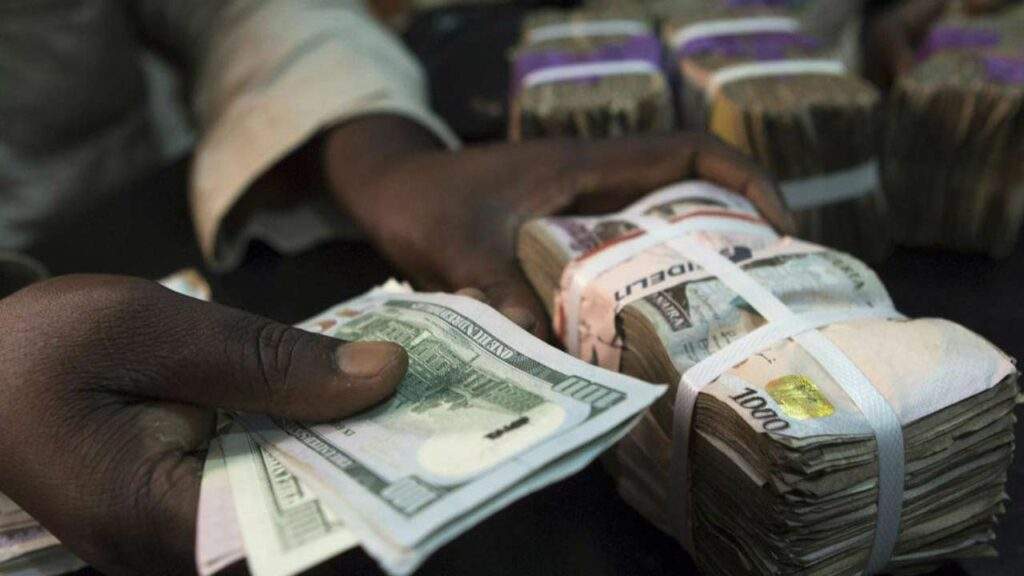In a tumultuous year plagued by currency devaluation, the Naira, Nigeria’s official currency, took a beating as it depreciated by a staggering 49 per cent year-to-date, culminating in a year-end exchange rate of N907.11 per US Dollar, according to data from the FMDQ.
The Naira’s free fall is evident from its tumultuous trajectory. From opening the year at N461.5/$1, it nosedived to a low of N1,099.05 and N1,043 per US dollar at the official market on December 8th and 28th, respectively. The parallel market, where most forex transactions occur, witnessed the Naira breaching the N1,000 per US dollar mark on September 29 and concluding the year at an alarming N1,215/$1.
The chasm between the official and unofficial exchange rates widened, standing at N307.89 by the year’s end, despite the Central Bank of Nigeria’s efforts to unify the exchange rate markets earlier in the year. The apex bank’s move to introduce forex unification reforms on June 14, 2023, proved ineffectual as the Naira continued its tumultuous journey in the forex markets.
As 2023 drew to a close, Nigeria’s foreign exchange reserves hit a six-year low, dwindling to $32.87 billion, underpinning the challenges faced by the country’s currency.
In a ray of hope for Nigerians, the Governor of the Central Bank of Nigeria, Olayemi Cardoso, recently assured that the Naira is projected to regain strength in the foreign exchange market in 2024.
The market turnover during the year reached $26.8 billion, a marginal dip from the $27 billion recorded in the previous year, primarily driven by forex transactions in the parallel market. The volatility and fluctuations in the forex market have showcased the fragility of the Naira and the persistent challenges faced by Nigeria’s currency.
The distressing descent of the Naira against the US Dollar throughout 2023 highlights the urgent need for proactive measures to stabilize the currency and restore investor confidence in Nigeria’s economy.
